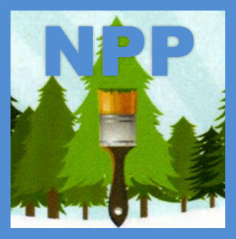Asbestos fibers are very small and cannot be detected by the naked eye. And unlike lead which can be tested for with a small hand-held kit, there is no easy test for asbestos. A sample must be taken and sent off to a certified asbestos testing lab. If someone tells you (unless they are a testing company) they can come out and look at it and tell you, they aren't being honest. There are DIY kits on the market, but most likely you'll want your test performed by a licensed asbestos inspector or testing lab.
Asbestos ceiling spray was banned by the US in 1977.
If your ceiling texture was applied prior to 1977, it most likely does contain asbestos, but not all ceiling texture manufacturers used it, so it may not. The age of the ceiling is not a fool-proof indicator.
If left undisturbed, asbestos is not a health threat.
Unlike lead, mold, and some other toxins, the presence of asbestos is not necessarily a threat to your health. Asbestos causes lung problems ONLY when the microscopic fibers are inhaled. Scientifically it's called 'friable.' Those ceiling texture particles must get into the air first and then get breathed in. Ceiling texture left in place (especially if it's been spray painted over a few times) won't hurt you. But scraping that ceiling - even to take a sample - can.
If your ceiling is in good shape and you're fine with the look of the texture, you are probably better off leaving it in place.
Spray your ceiling area down with water before you take a test sample.
Wetting the ceiling down will prevent those fibers from getting into the air and drifting about. And it's the method we use when we remove popcorn ceiling texture, even if we know it's asbestos free. It keeps the dust to a minimum and it makes it much easier to remove.
This article contains some very good information on both the presence of asbestos in popcorn ceilings as well as how to handle obtaining a sample for testing.


 RSS Feed
RSS Feed